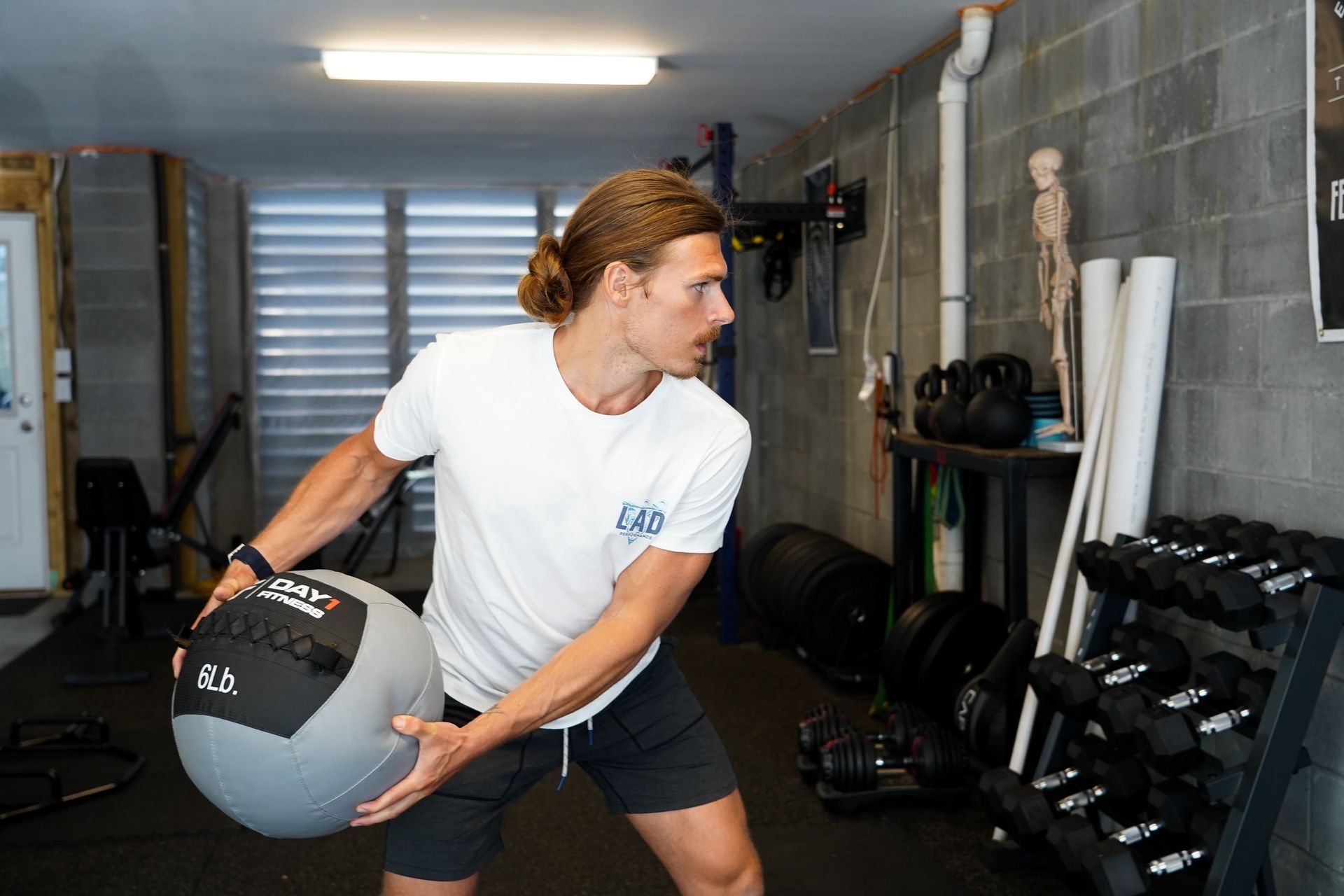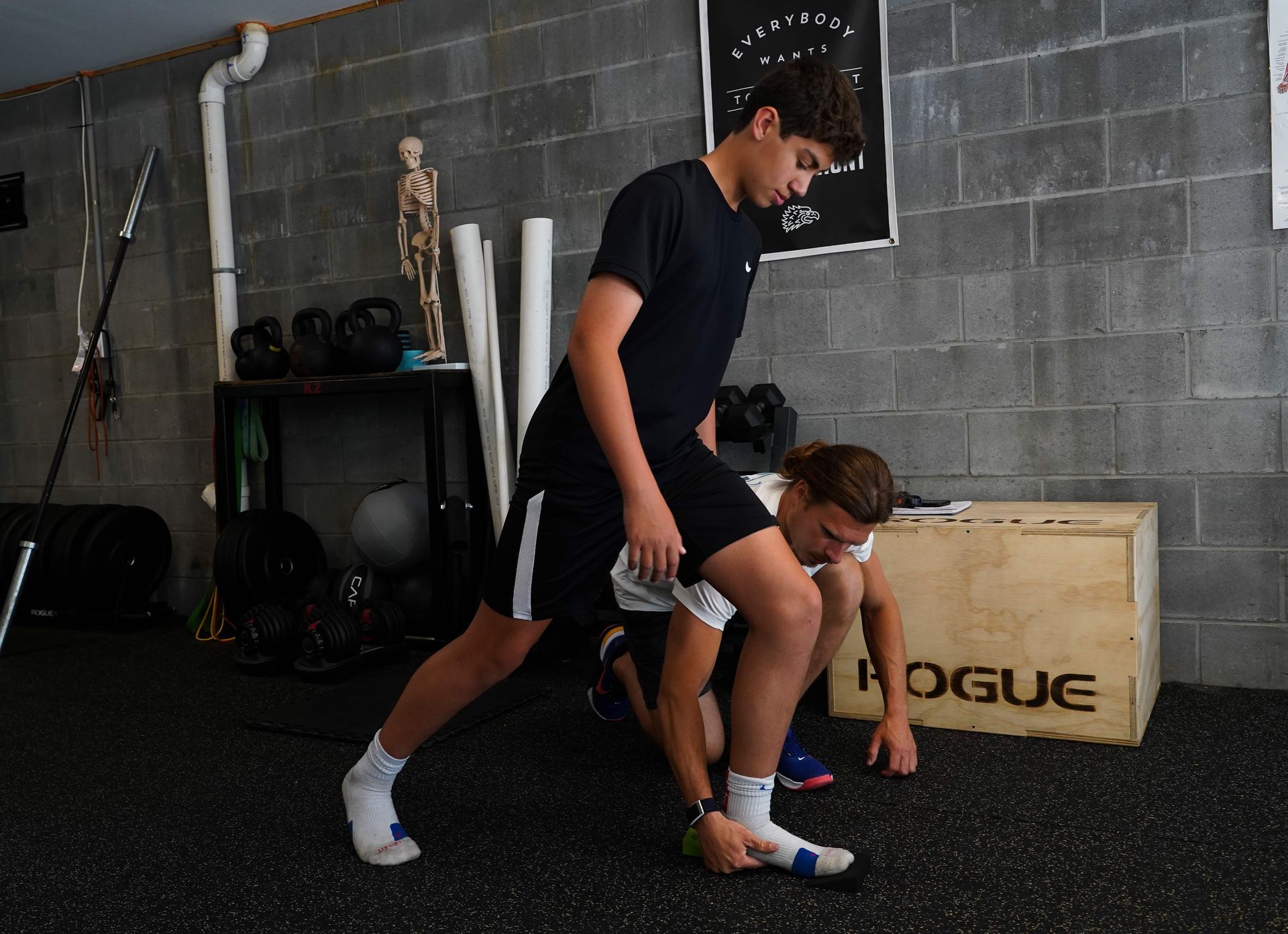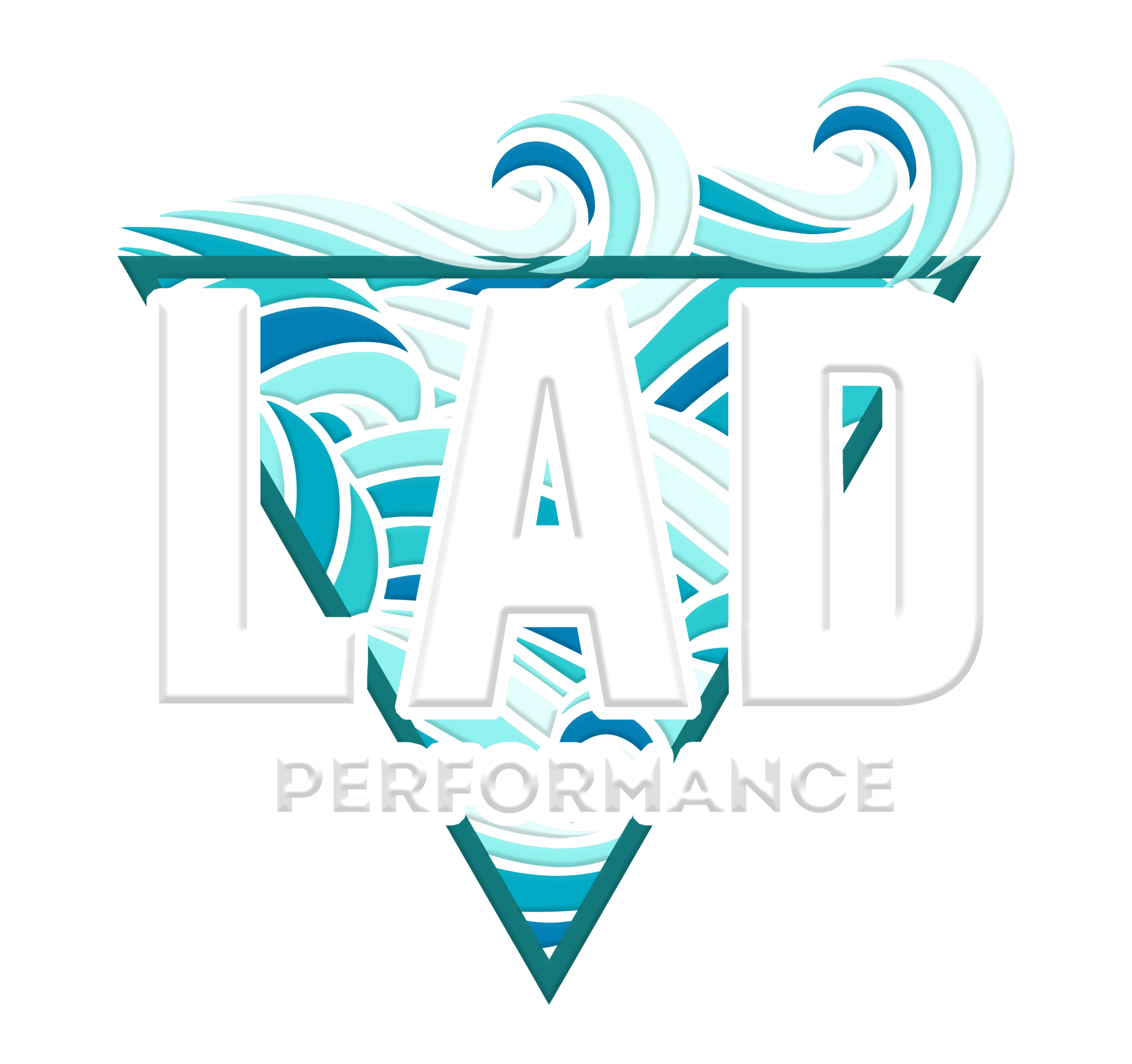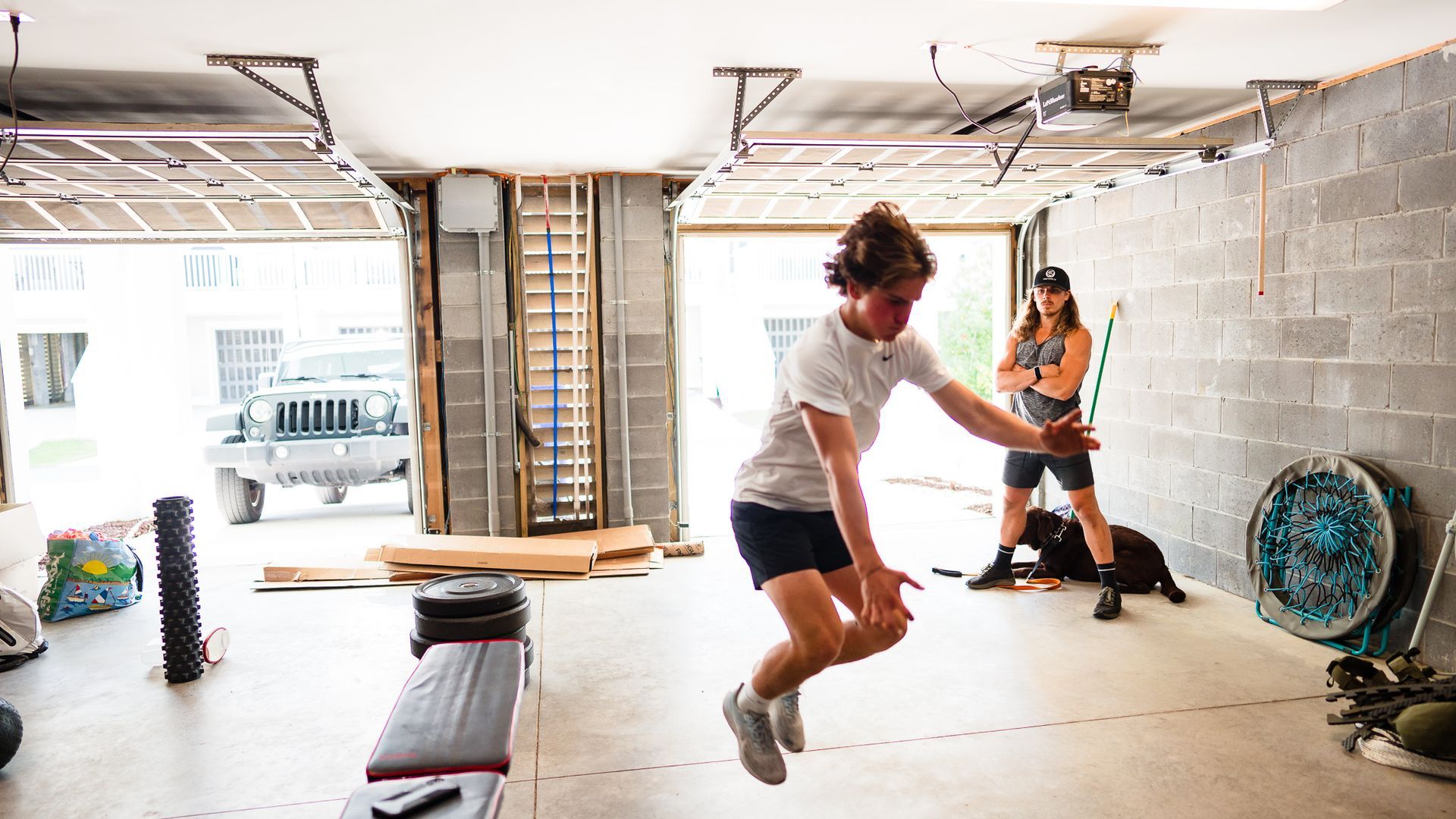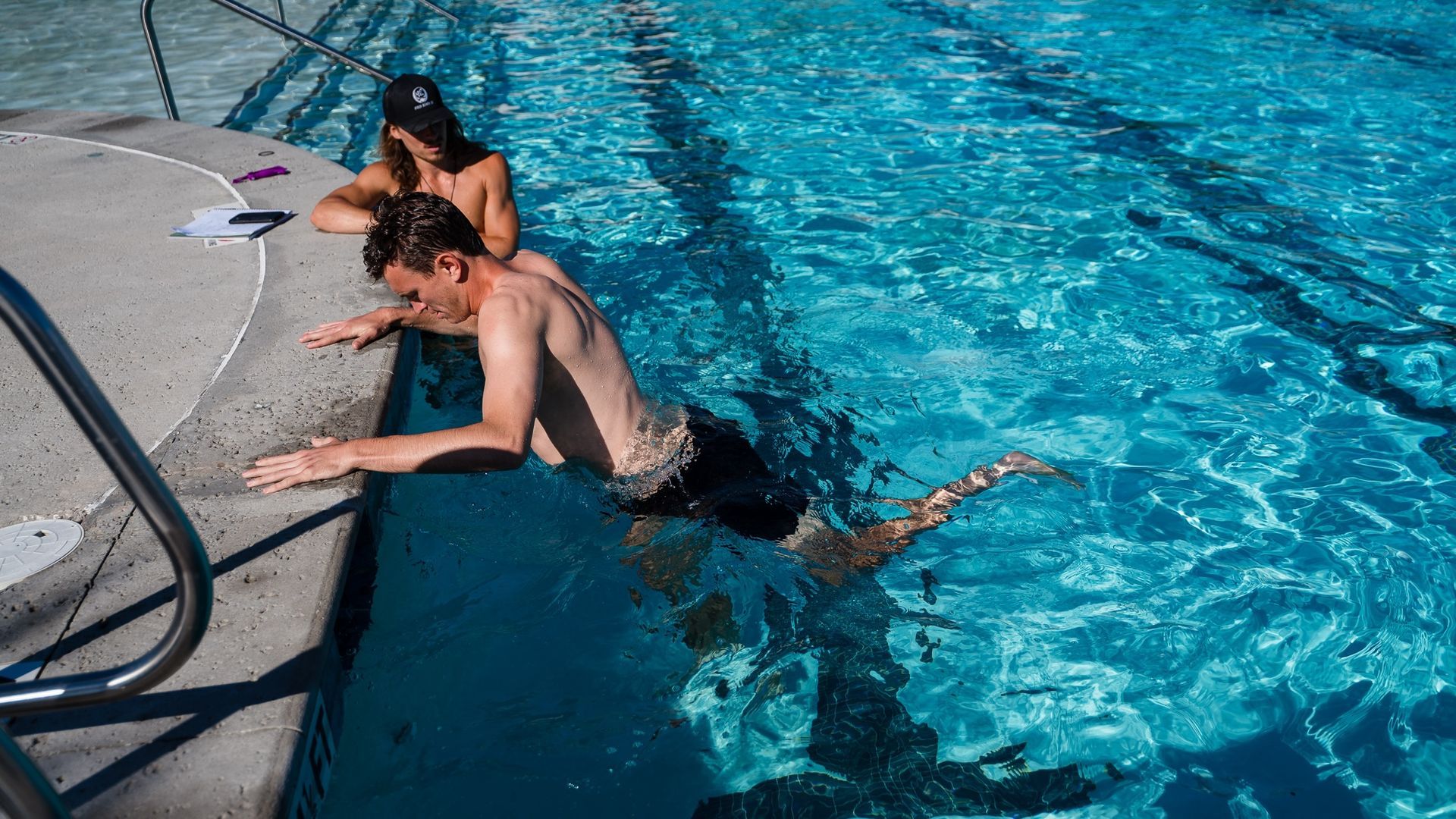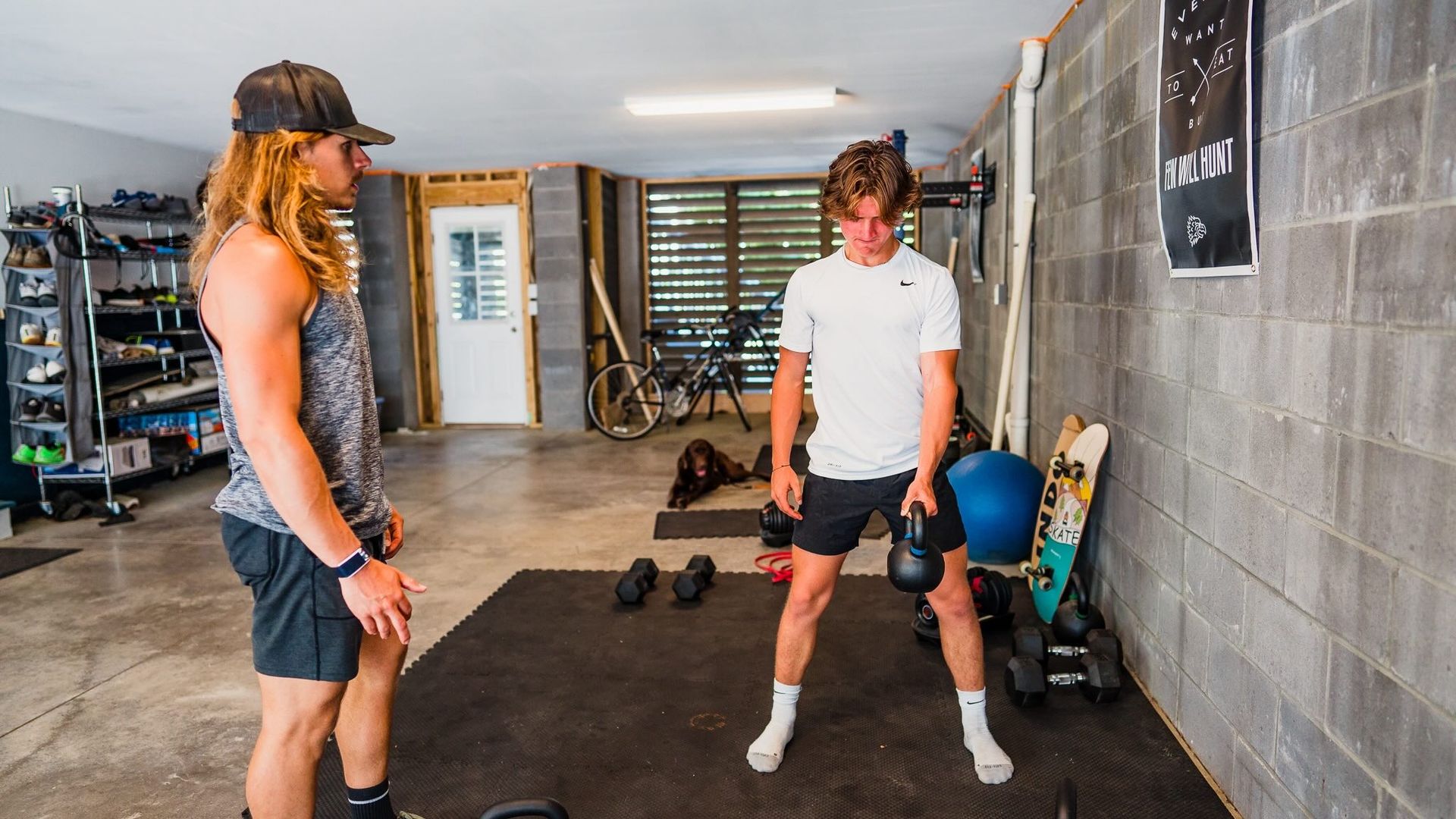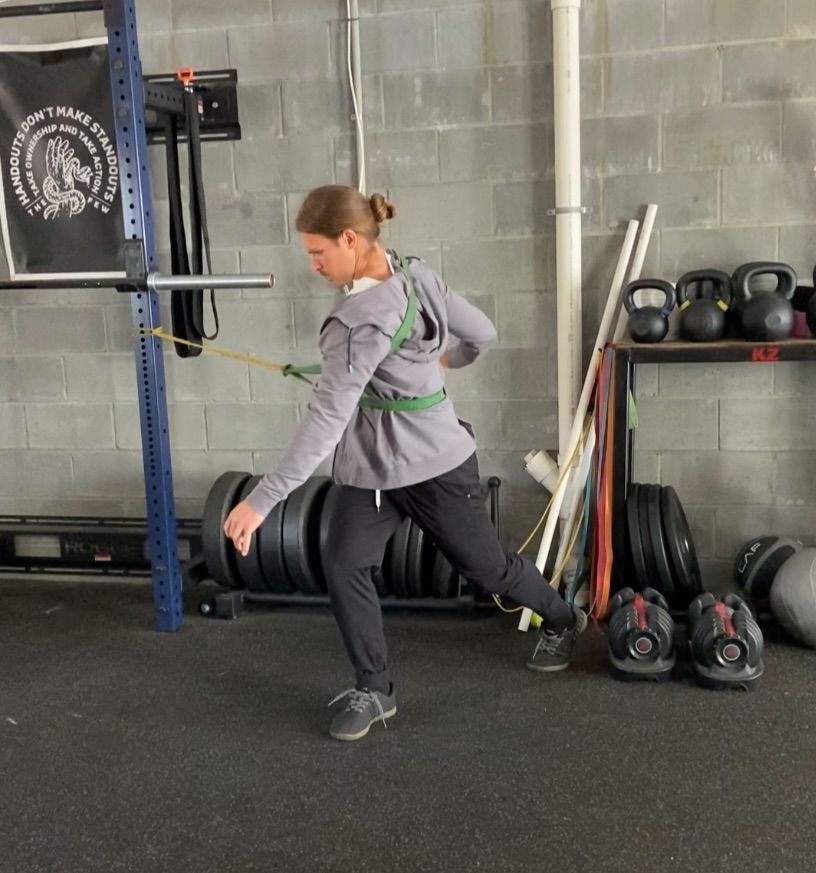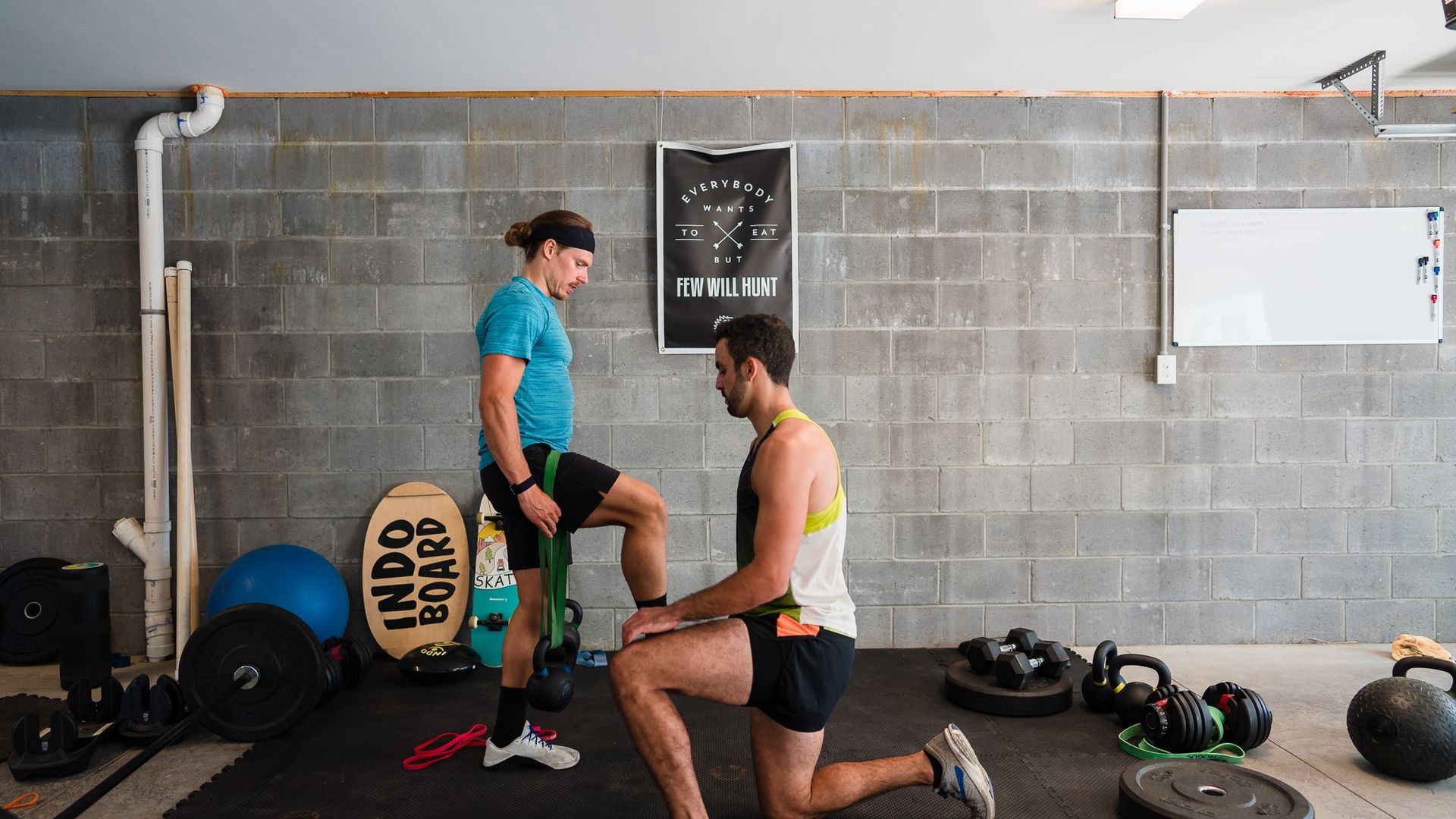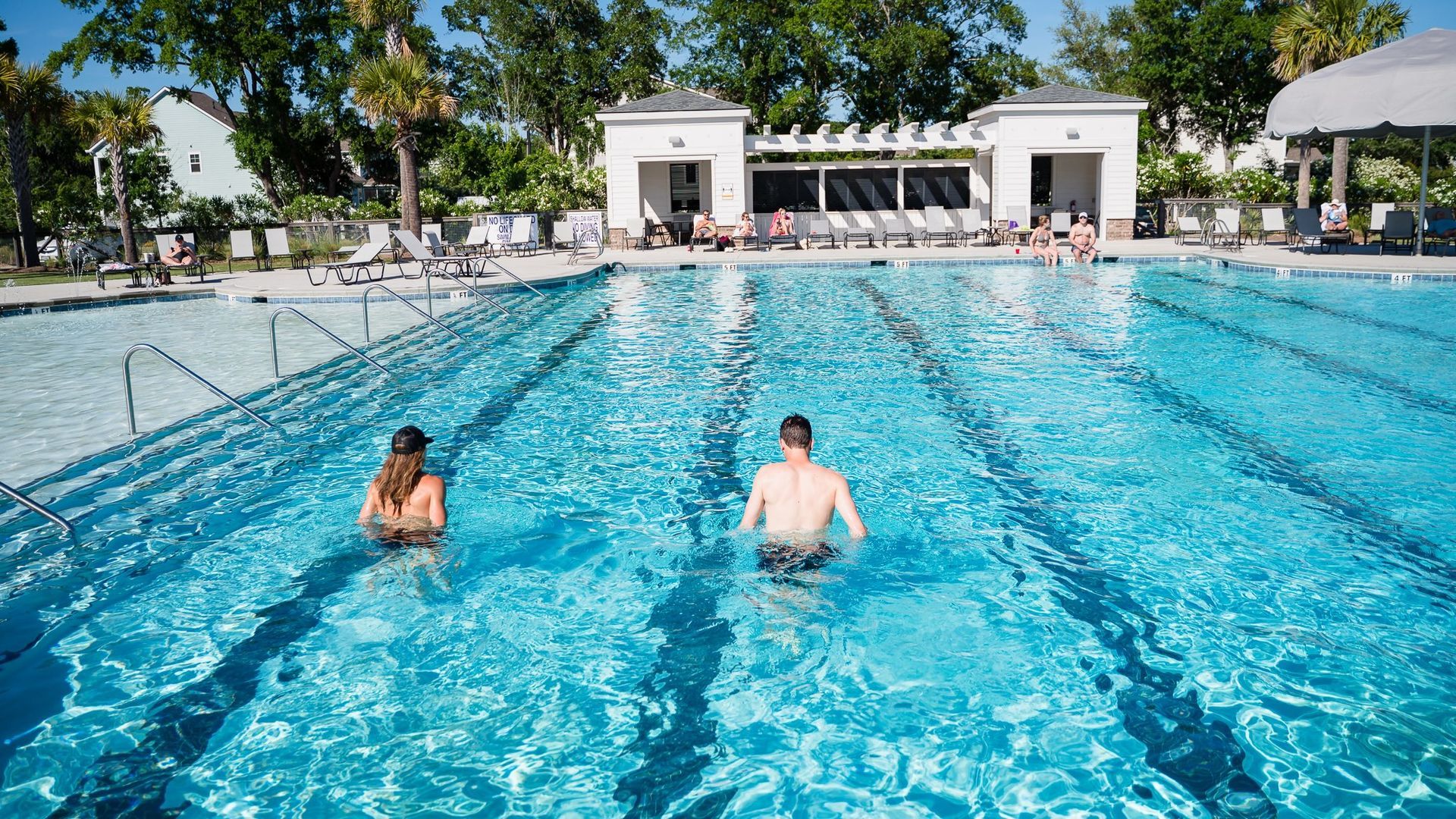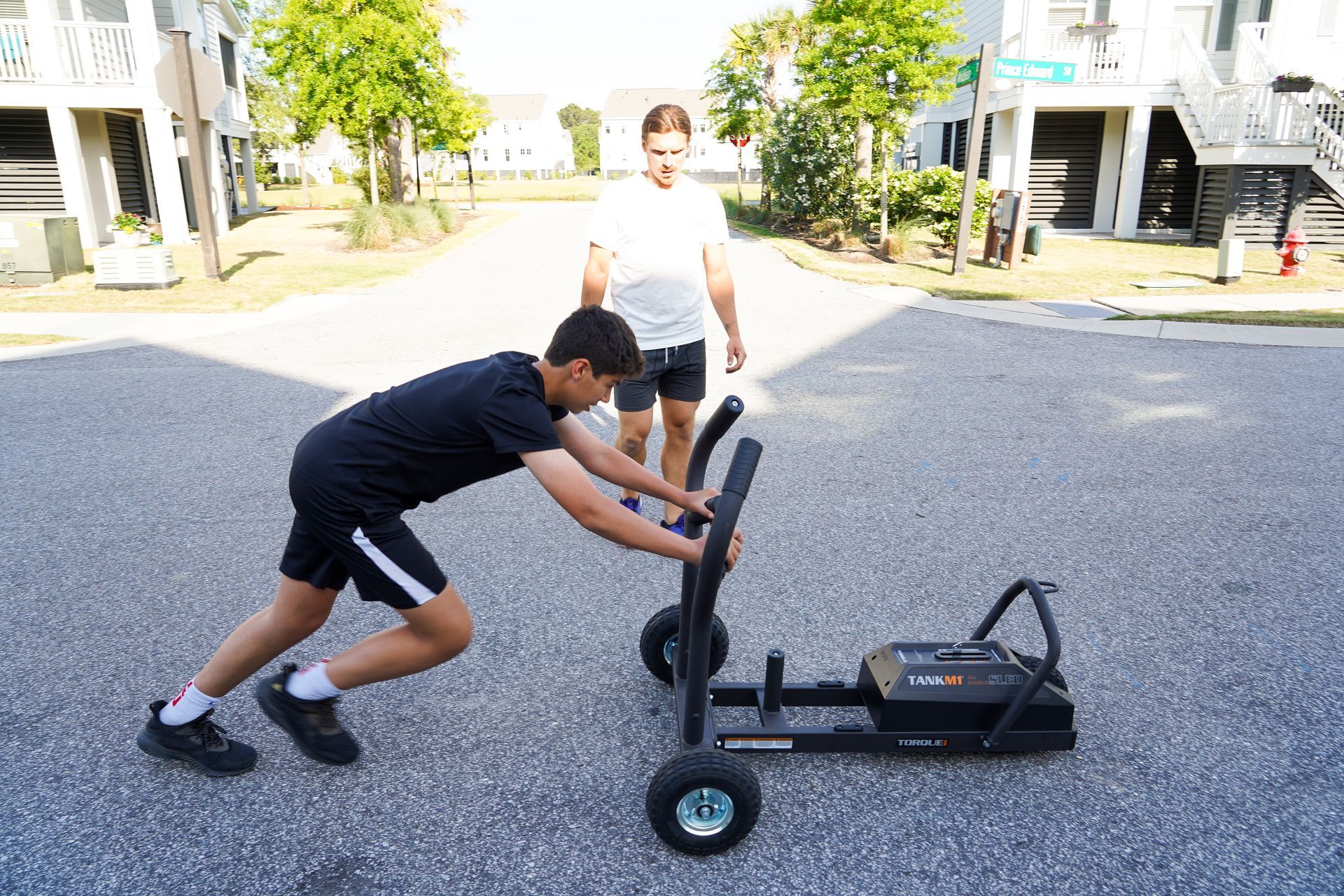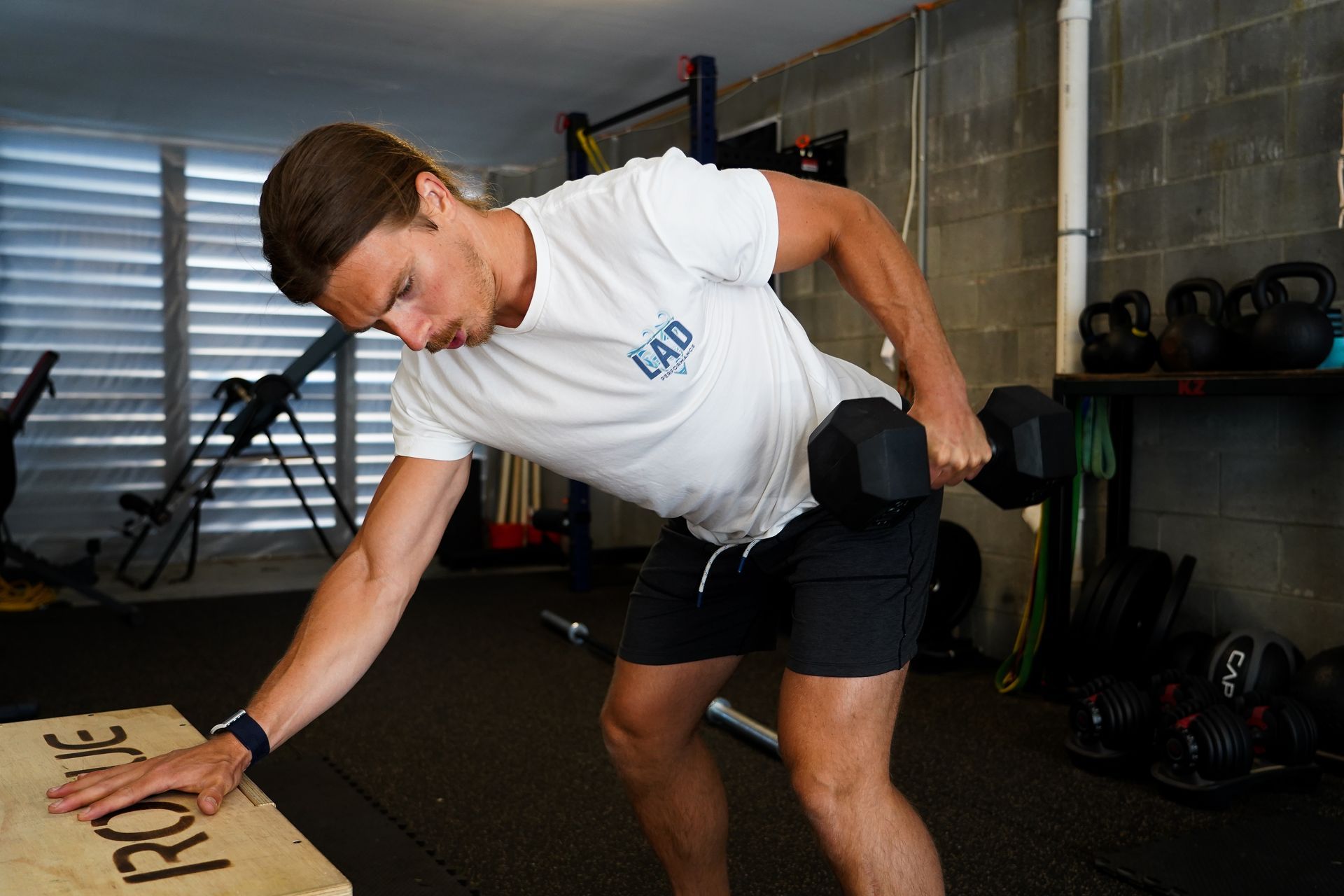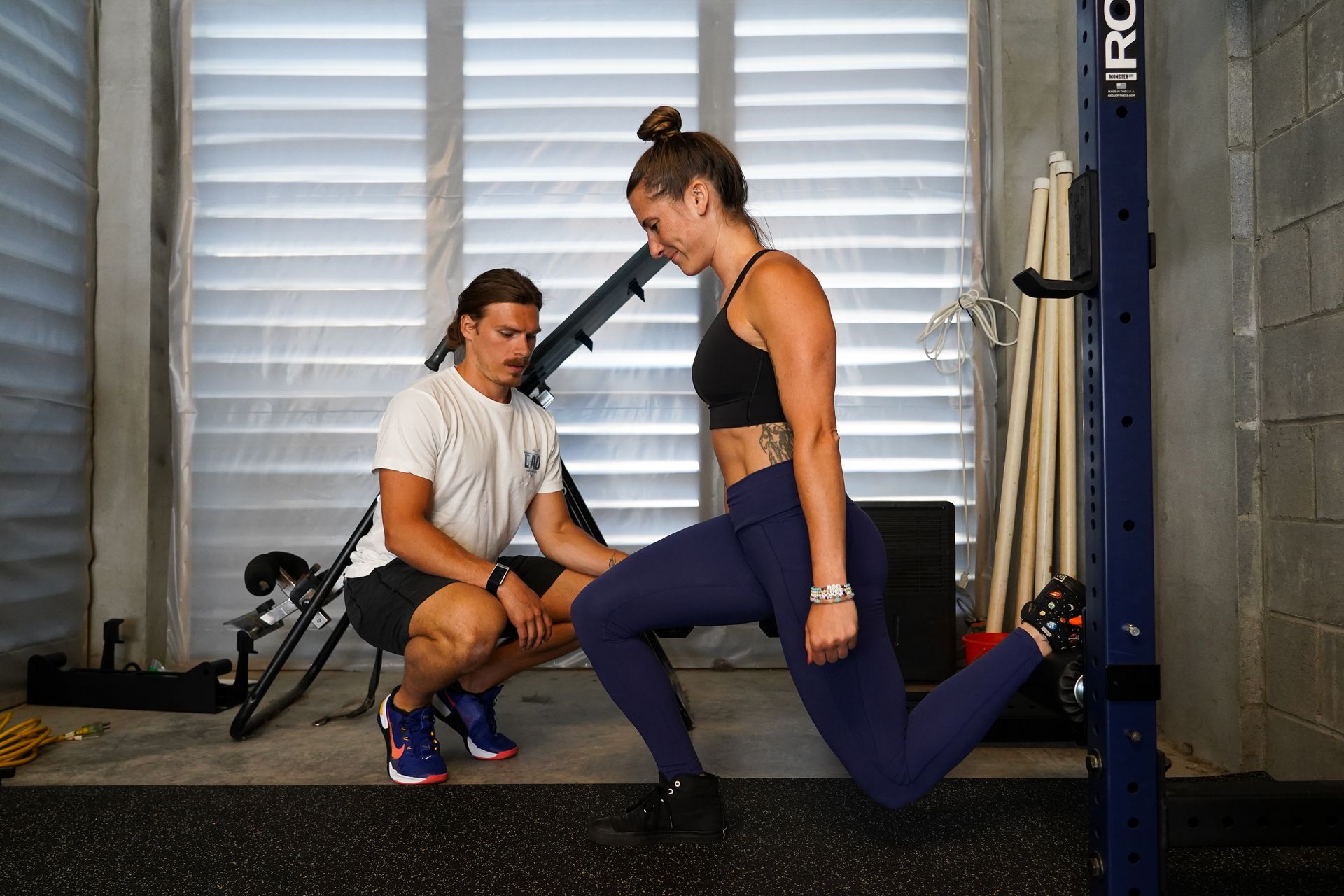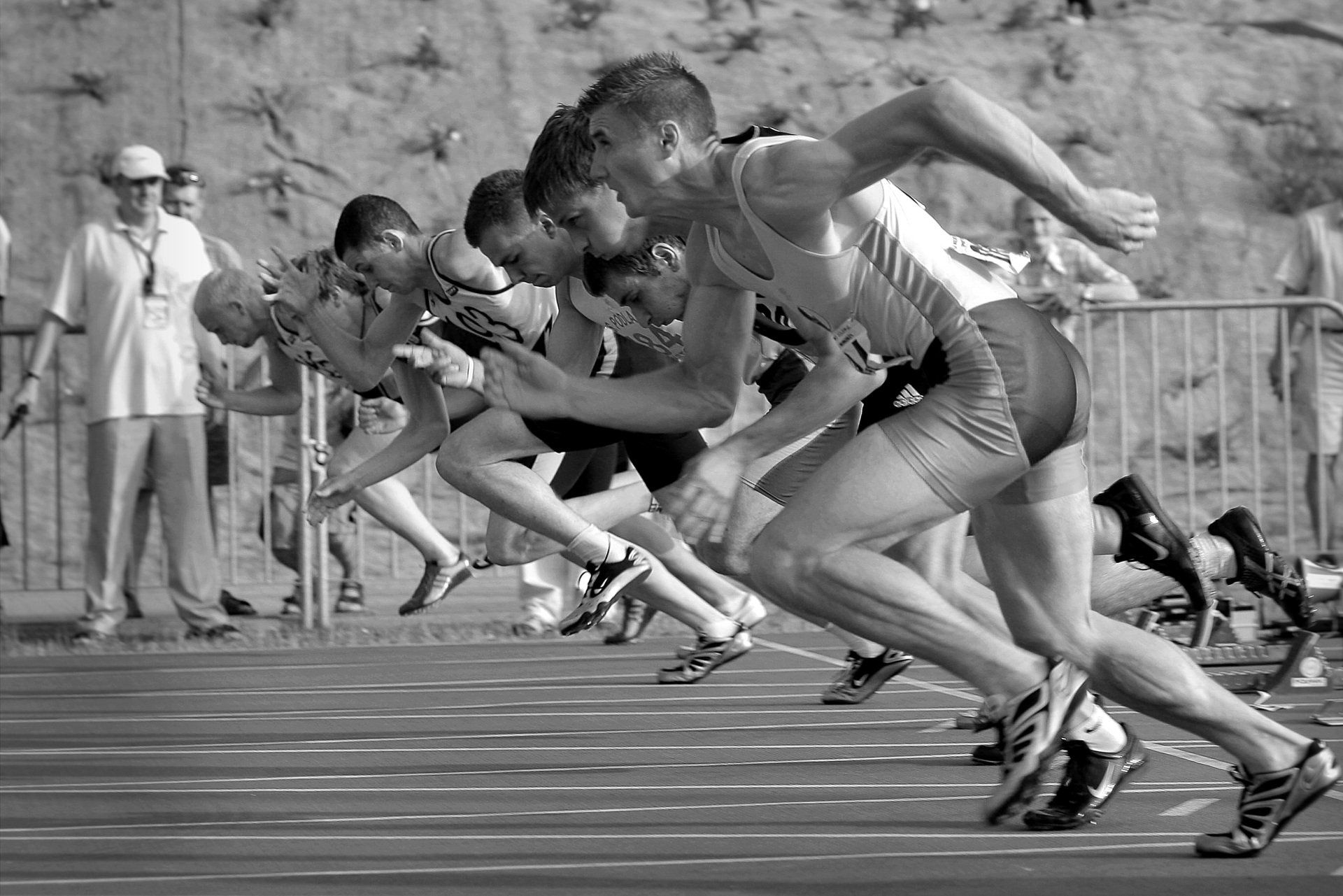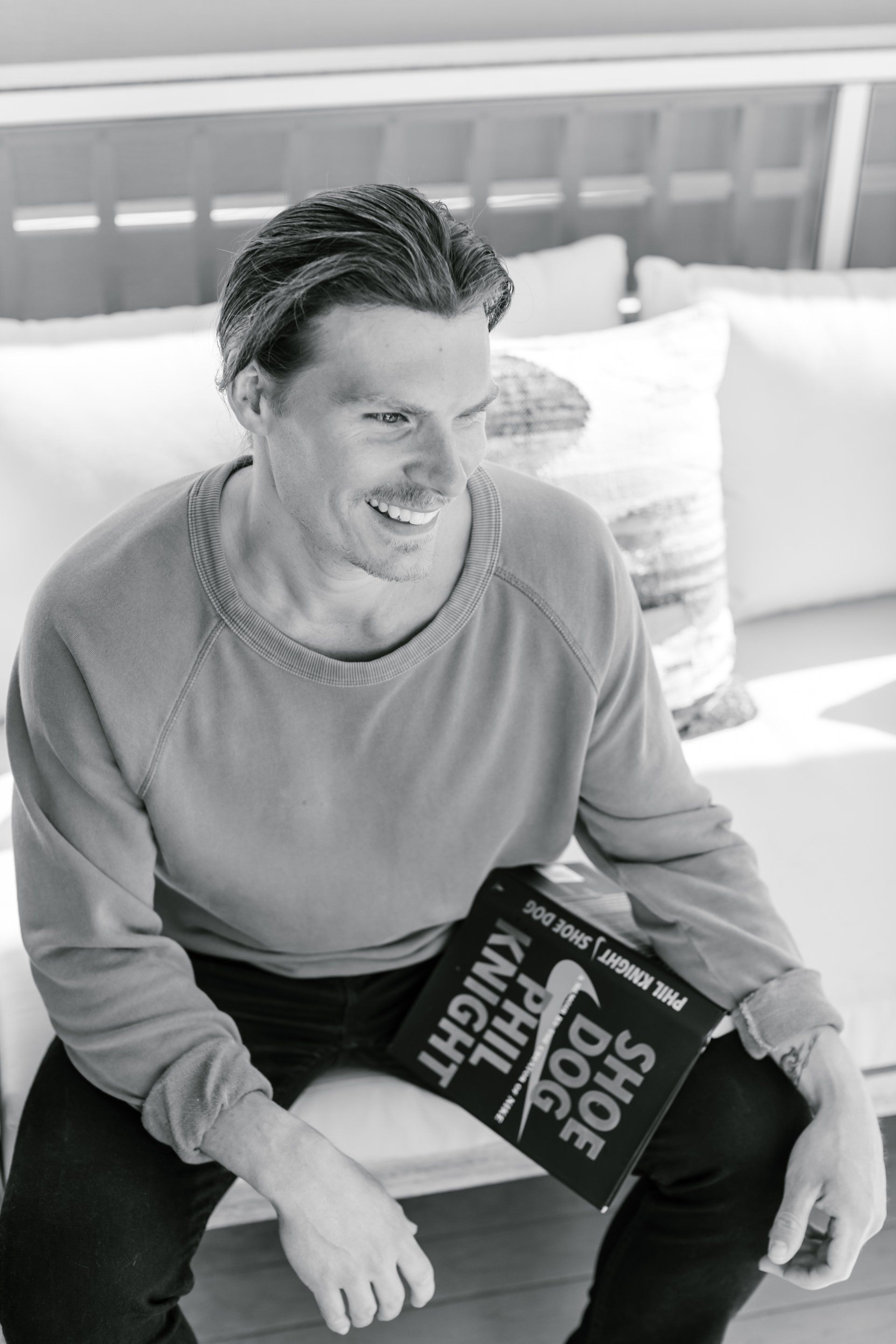LAD Performance-The Weekly Dose
🧩 What you need to know about The Achilles Tendon Pt. 1
Another Episode of The Weekly Dose!
Every week I set out to help educate you on movement practices and principles that will enable you to become a better athlete. Whether you are a high school athlete or a 75 year old grandparent trying to keep up with your grandkids, this email will have value!
Today is the start of a 4 part series on the Achilles Tendon. Part 1 is a level set, a set the stage. A lot of what you are going to read will be new to you so I am excited to hear what you think! In this series I will be busting myths, sharing what I have experienced coming back from tendonitis, share what I see with my athletes of all ages and some. I hope you enjoy!
First, let’s understand some basic anatomy. The achilles is located in the back of the leg and it connects the soleus and gastroc (calf muscles) to the heel bone. These are the two end points of this tendon. As we move, particularly run or jump, the achilles stores energy that allows us to propel through the air.
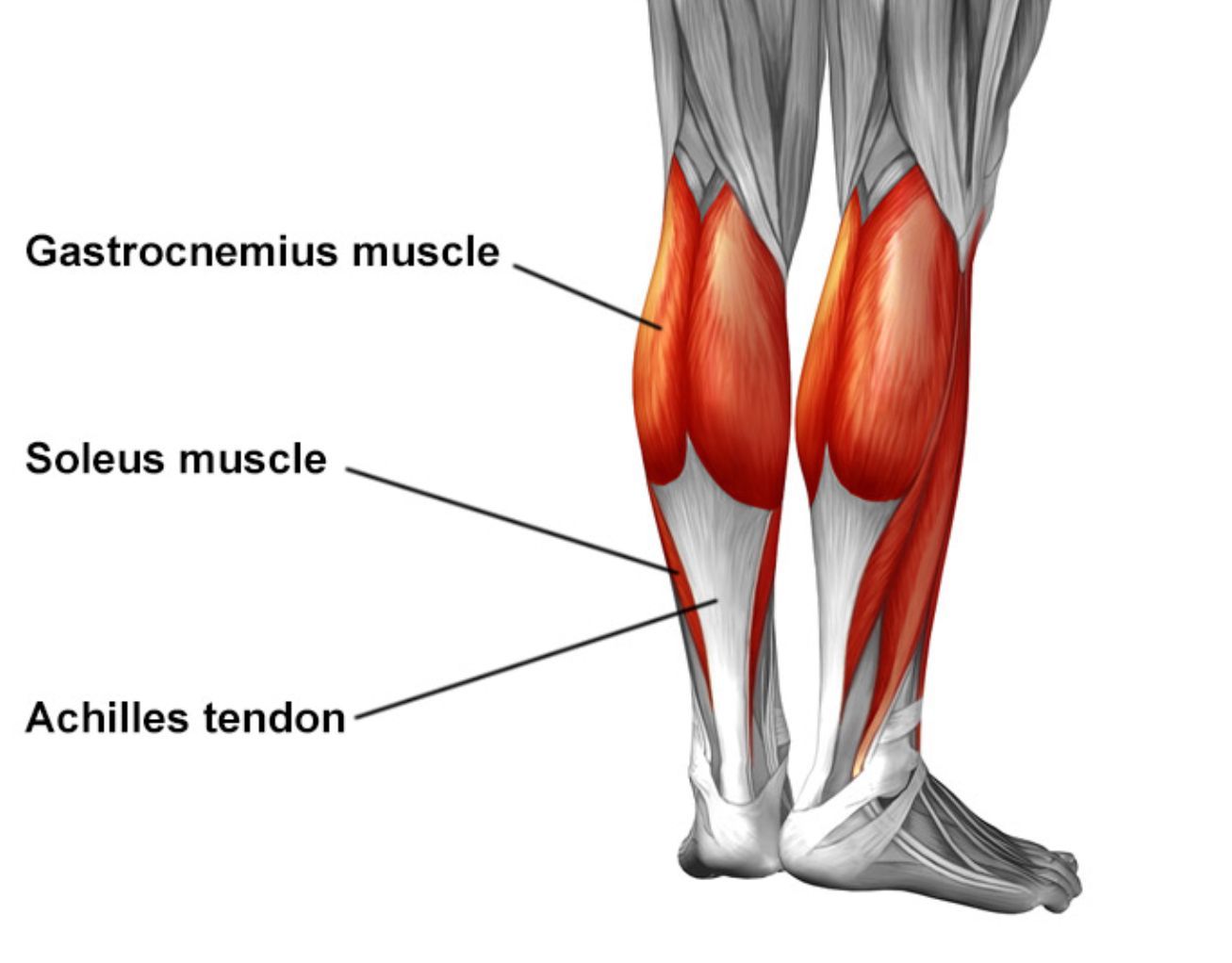
This energy comes from a twisting and winding of the tendon. The Achilles uses a twisting mechanism to maximize the effectiveness in order to help produce an output such as sprinting or jumping (as examples).
Take a look at the two example videos below. Watch the achilles tendon, what do you see?
Did you notice a twist or a winding?
This action is something that I have worked hard to bring out over the last few years.
I spent a large part of my 20’s NOT working this action and instead focusing a lot on squatting, deadlifting and other movement patterns that do not necessarily leverage the Achilles (which isn’t bad). These movement patterns, i’ll call them Class 1, where the heel is positioned on the ground. These are great positions to maximize strength 💪🏼, but not good if you are trying to prioritize speed and acceleration 🏃♀️➡️.
Movements like hopping, jumping, skipping, sprinting at scale are great to re-introduce if you are looking to maximize your achilles.
We can see flare ups through a lack of multi-sport play & excessive class 1 movements (squatting, deadlifting, etc..) followed by a spike in activity. Sometimes these flare ups can become chronic and result in full ruptures.
Below are 3 Achilles related things that we talk about with every athlete that works with us, whether it’d be in person or remote.
Each of these will have a separate e-mail. My goal with this series is to help you understand the importance of the achilles tendon in improving your athleticism regardless of your sport or age!
- How active are the arches in the foot… can we create the necessary shapes?
- Are you engaging in multi-planar movements or sports that challenge the lower leg complex?
- Examine your heel eversion. Do you notice your heel bone moving away from the midline?
🗣️: If you are looking to take the guesswork out of your training and have athletic goals coming up this year I’d highly recommend my online program, The Foundational Athlete (TFA). This program was built from years of experience keeping concepts like what I have shared today in mind. No matter what sport or how old you are the program holds tremendous value
RIGHT NOW TFA is being offered with a ONE WEEK FREE TRIAL. If you sign up & aren’t liking what you see just cancel it before the week is over and you won’t be billed. What’s the harm in that? To learn more you can click below! I’d love for you to be a part of the LAD Performance team & hear more about your performance goals this year.
Do you know someone else who would love this email info?
